How to Use File History on Windows 11


The File History feature on Windows keeps copies of your docs and other files backed up. If you want to use File History, follow this guide.
Want to recover a lost or older version of a file on Windows? You’ll probably need to use File History to do it.
File History offers you a timeline snapshot of files in important files, including those in the Documents folder and on your Desktop. If you’ve deleted a file, or you want to restore an older file you’ve saved over, you can use File History to do it.
File History has since been available since Windows 8, but the feature continues to work on Windows 11. If you’re unsure how to use File History on Windows 11, follow the steps below.
How to Set Up File History on Windows 11
Before you can use File History, you’ll need to configure your PC to make sure it’s enabled and working properly. You’ll need a dedicated external drive to keep the file snapshots for File History in a safe place. If you don’t have one connected, you won’t be able to enable it.
To enable File History on Windows 11:
- Open the Start menu, type control panel, and choose the top result under Best match.


- Change the view at the top to Large icons and click on the File History option from Control Panel.


- If you haven’t connected your external drive yet, you’ll see a message that no useable drive was found. Connect your external drive and refresh the page by clicking the Refresh button or hitting F5.


- Now, click the Turn on button to enable File History.


- Once you have a connected drive and everything is enabled, File History will automatically begin backing up files.


How to Use File History on Windows 11
Now that File History is enabled, it starts backing up files automatically. However, there are some other settings you might want to configure.
Add Folders to File History
As mentioned previously, File History backs up important folders like Documents, Pictures, Videos, and Desktop by default. However, you can add any folder to back up using File History. You just need to add it to one of those primary libraries.
To add folders to File History:
- Right-click the folder you want to add to File History for backup and select Show more options to bring up the classic Context menu.


- Select Include in library from the menu and select the directory you want to put the folders or files.


Any items you add to the library will begin to back up when added.
Exclude Folders from File History
There may be times when you don’t want File History to back up a particular folder. Luckily, you can exclude folders from File History.
To exclude folders from File History:
- Open the Start menu and search for file history.
- Click the File History option under Best match at the top.


- When the File History window opens, click the Excluded folders link from the list on the left.


- Click the Add button and select the folders or subfolders you want to exclude from the File History backup.


- After excluding folders, ensure you click the Save button at the bottom of the screen.


Change Backup Time Intervals
Another setting worth configuring is the frequency at which File History backs files up automatically. You can set it to every few minutes to once a day.
To configure File History backup frequency:
- Open the Start menu and search for file history.
- Click the File History option under Best match.
- In File History, click Advanced settings from the list on the right.


- You can set the backup frequency on this screen and choose how long to keep saved copies of your files. This screen is also where you can delete old File History copies to reclaim drive space.


How to Restore Files Using File History on Windows 11
The most important part of the File History features is it allows you to recover files if you accidentally delete them. Since it makes a copy of files, when you retrieve it from File History, some recent edits to the doc may not be present. However, it still allows you to get important files which is the most important thing.
To restore a file using File History:
- Open the Start menu, search for file history, and select the top result.


- When File History opens, click the Restore personal files link from the list on the left.


- A File History window with all your backup files will be available. The controls at the bottom let you scroll through your files and folders.


- To restore file(s) or folder(s), select what you need and click the Restore button at the bottom.


That’s all there is to it. Once you restore a file or folder, it’s moved to the original location on your PC, and you can access it like normal.
Restoring Files on Windows 11
While you can sync files with OneDrive, using File History is an additional backup method for your files. It gives you extra peace of mind knowing there are several ways to recover essential items if accidentally deleted.
Of course, there are other ways to back up your data on Windows 11. For instance, you can create a full image backup of your PC or create a Restore Point to return your PC to a working state.
In addition to the options above, it’s a best practice to ensure you have a third-party online backup solution with a service like Backblaze. If you’re not on Windows 11, no worries. You can also configure File History on Windows 10.
2 Comments
Leave a Reply
Leave a Reply

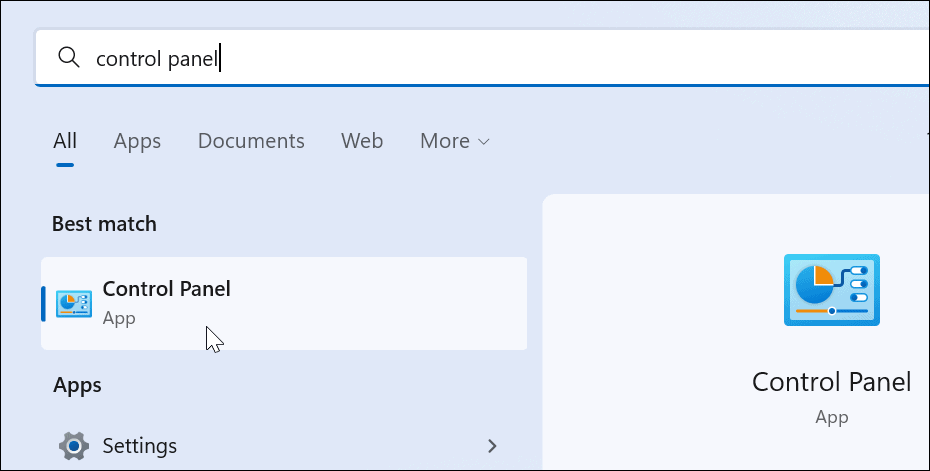
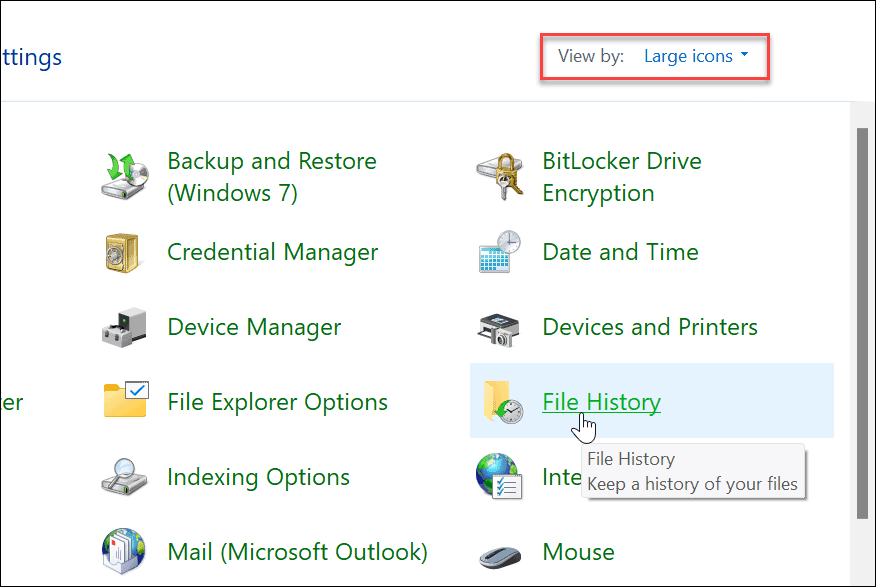
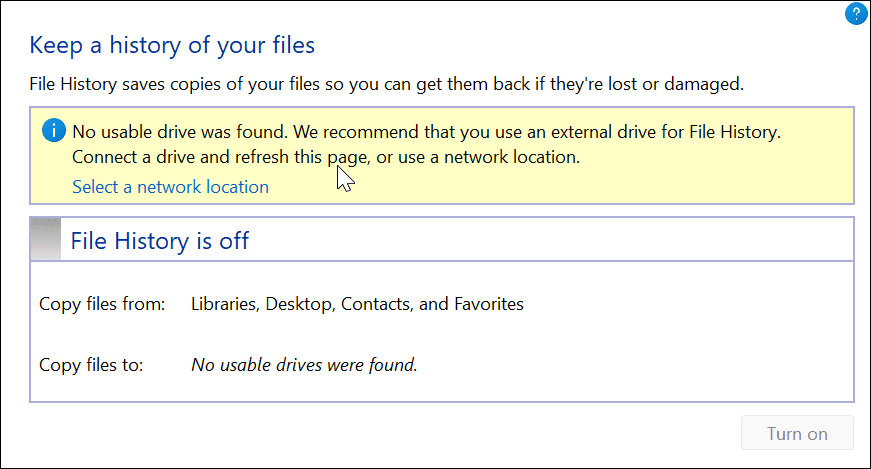
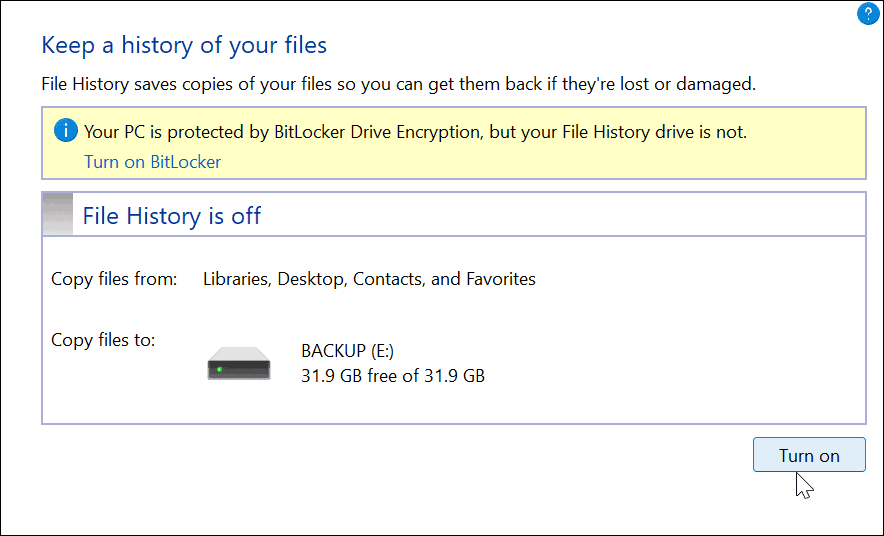
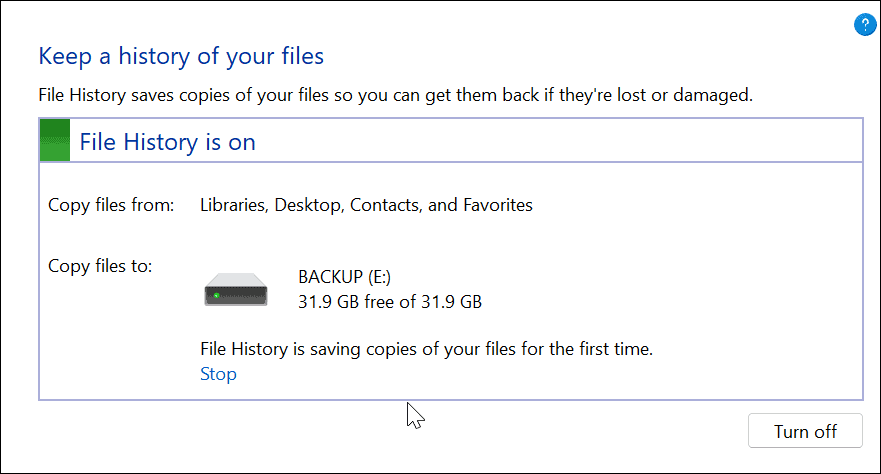
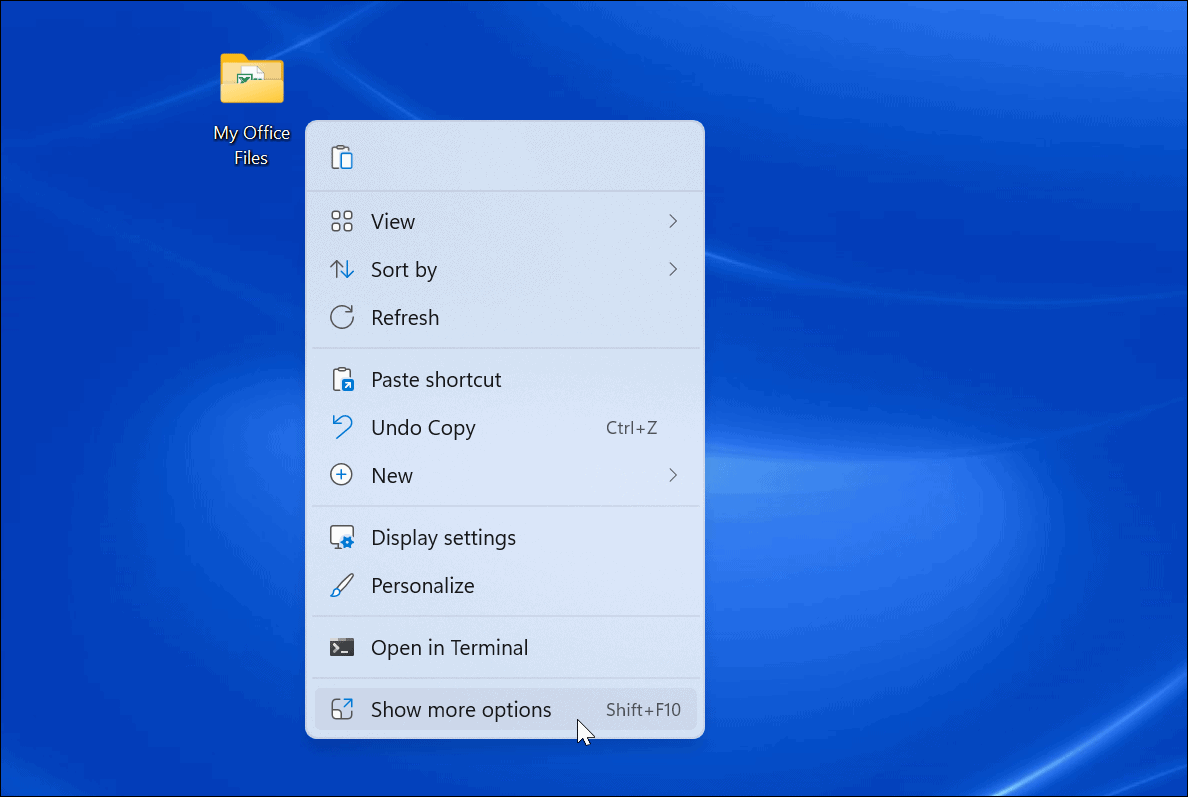
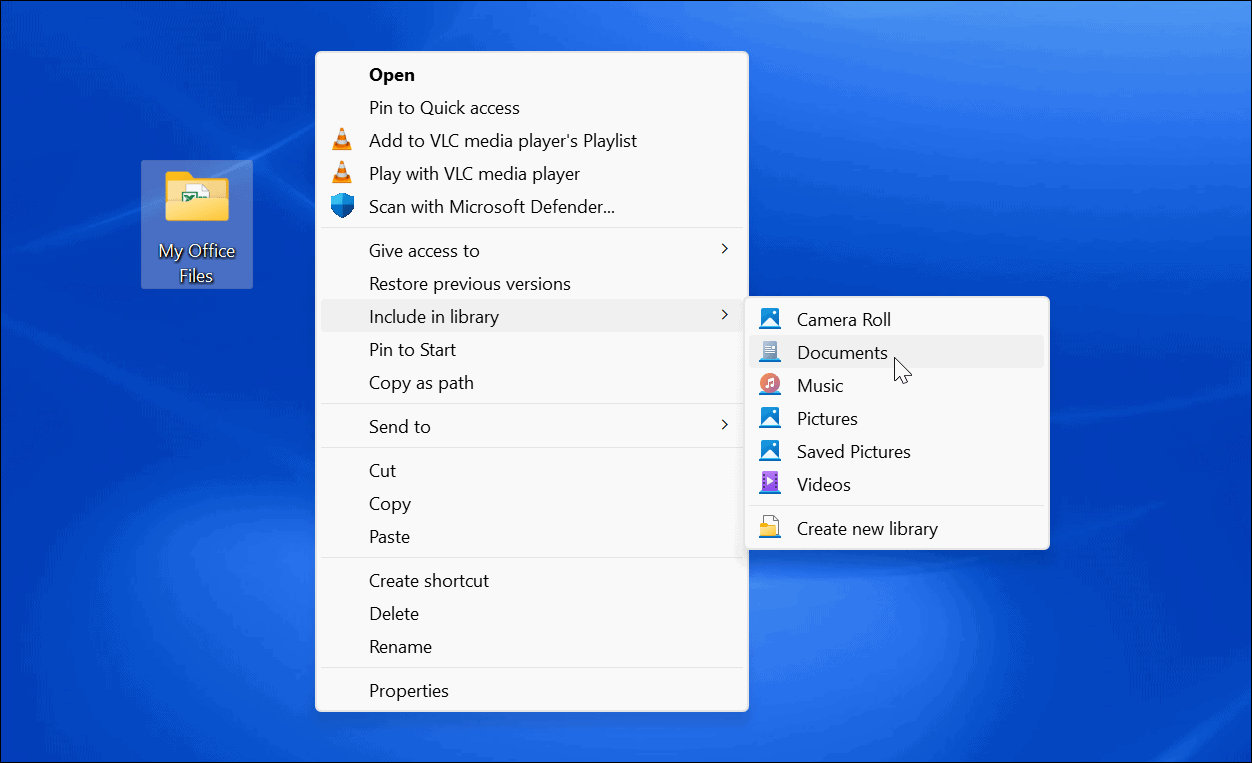
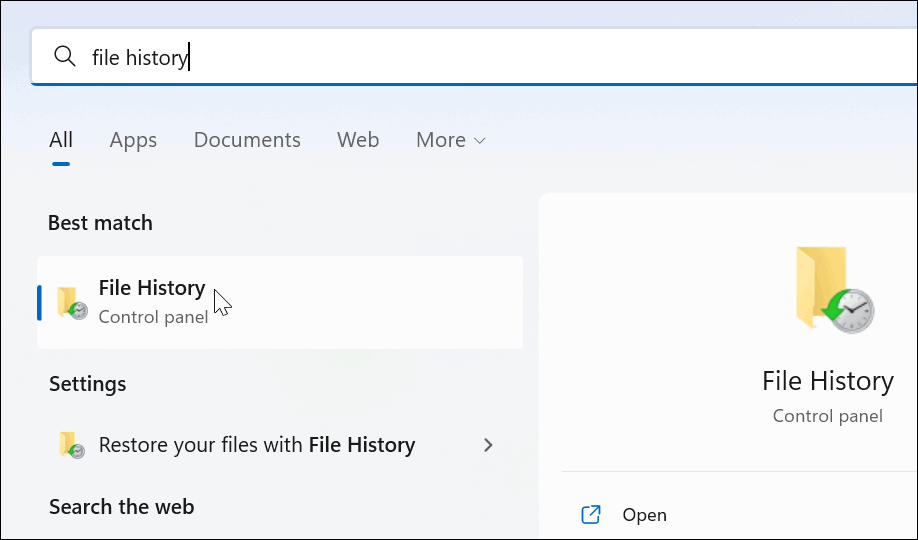
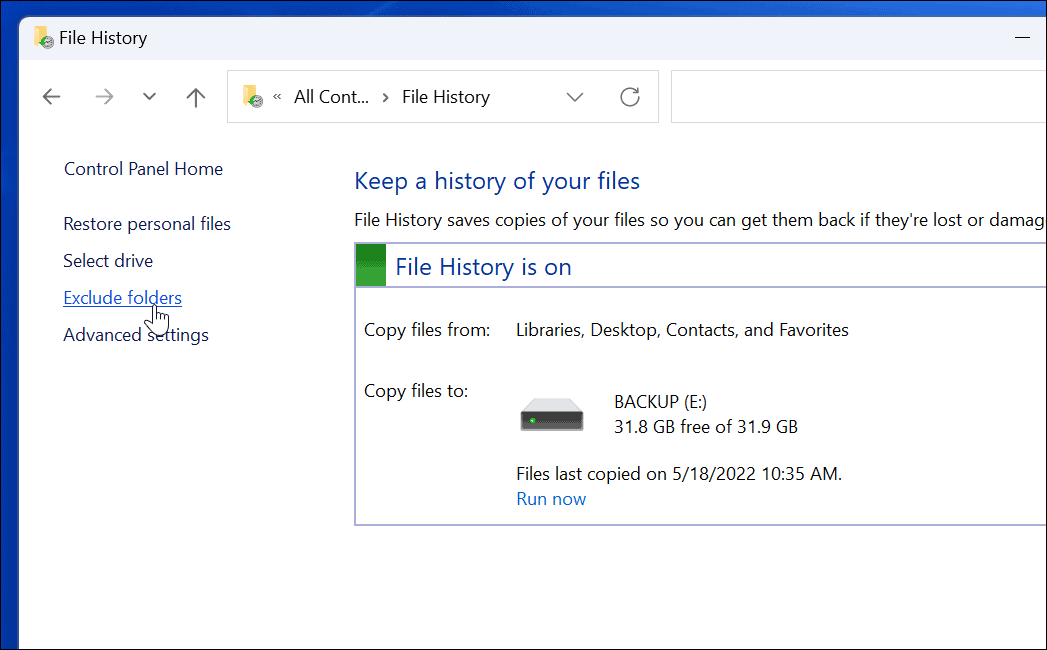
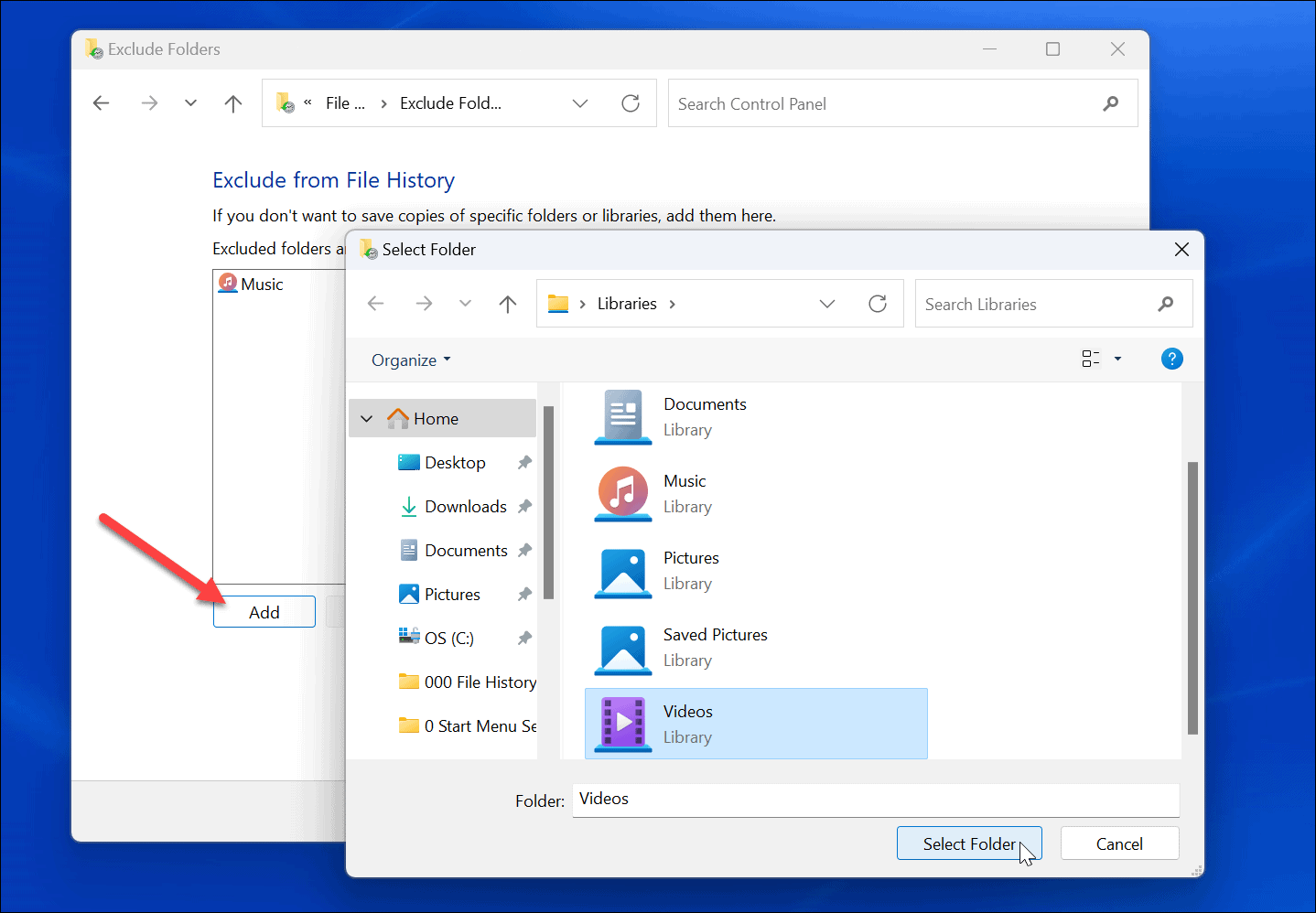
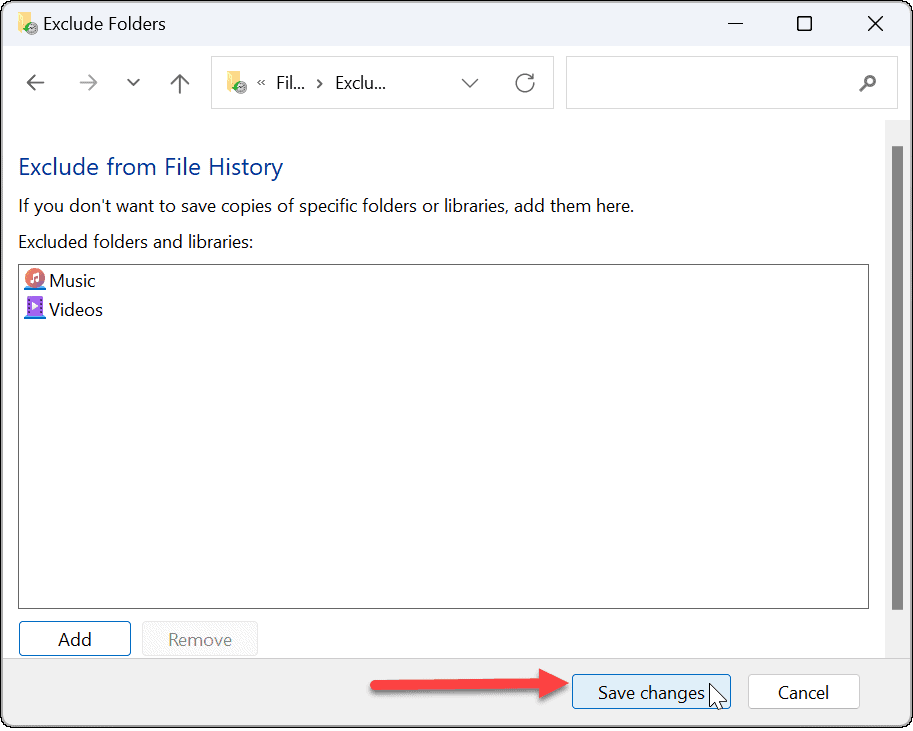
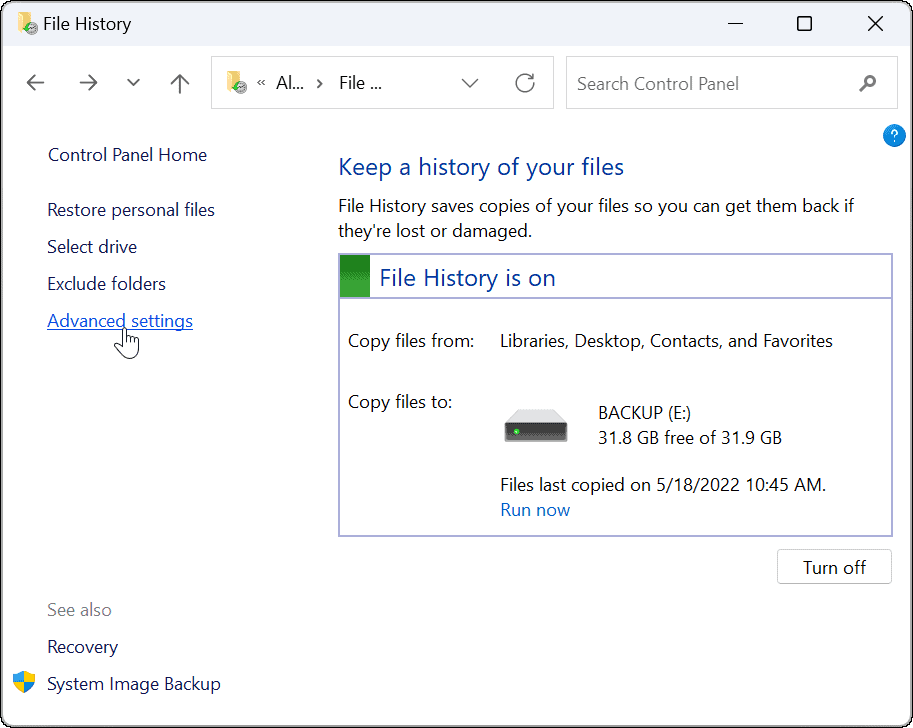
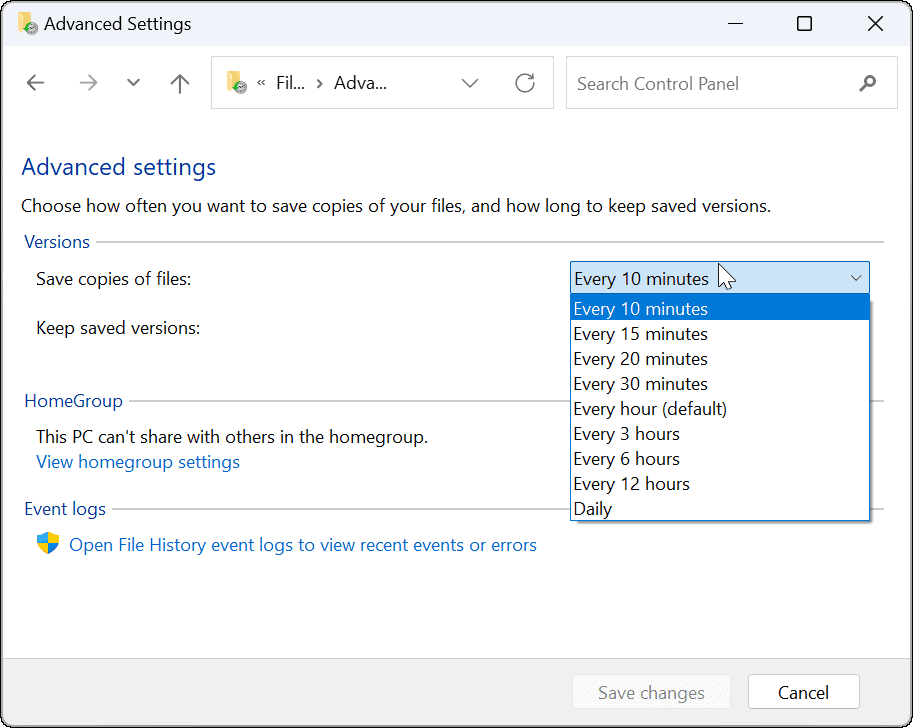
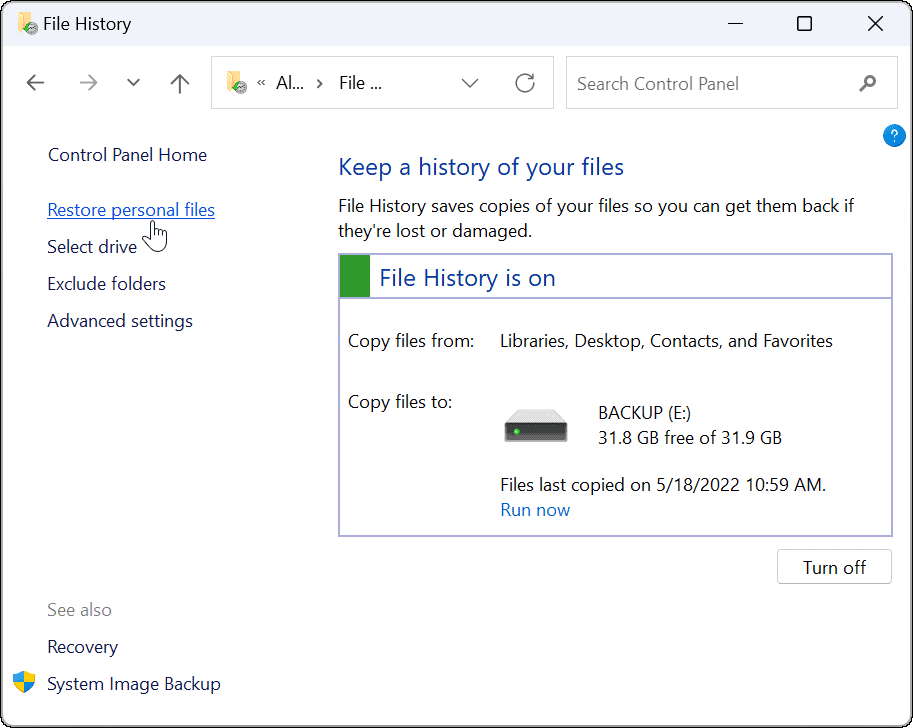
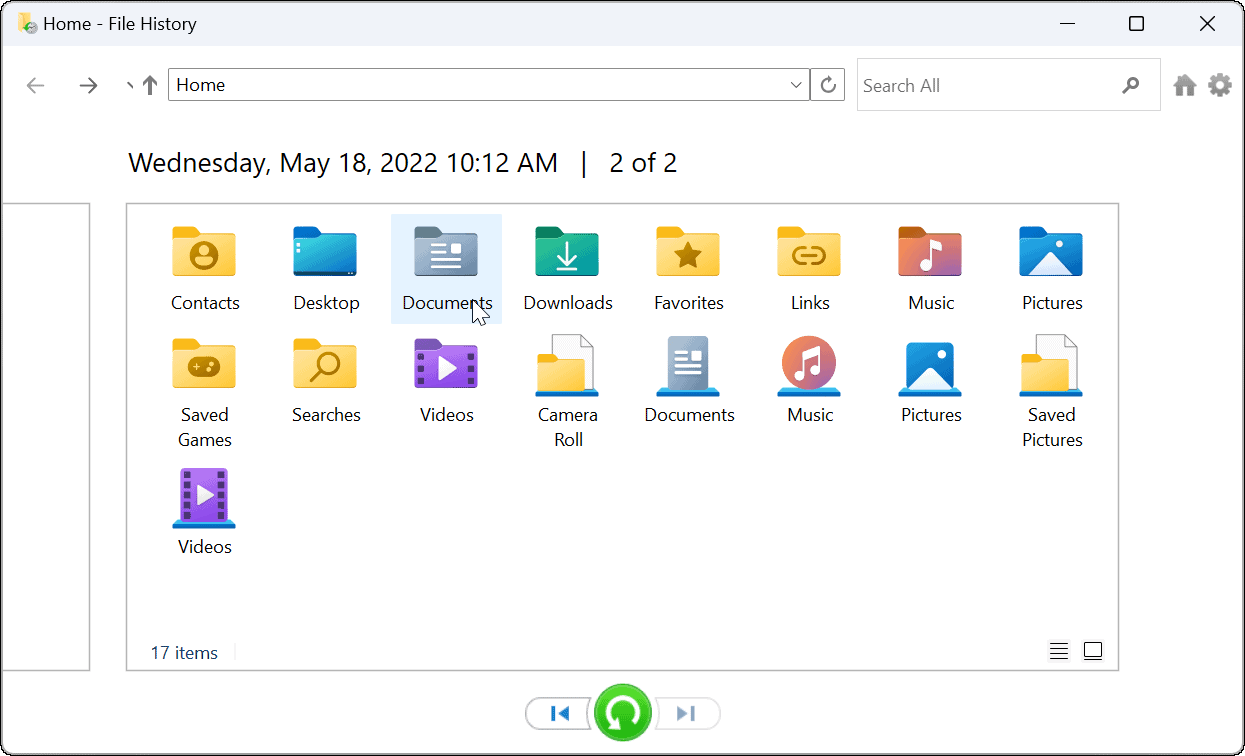
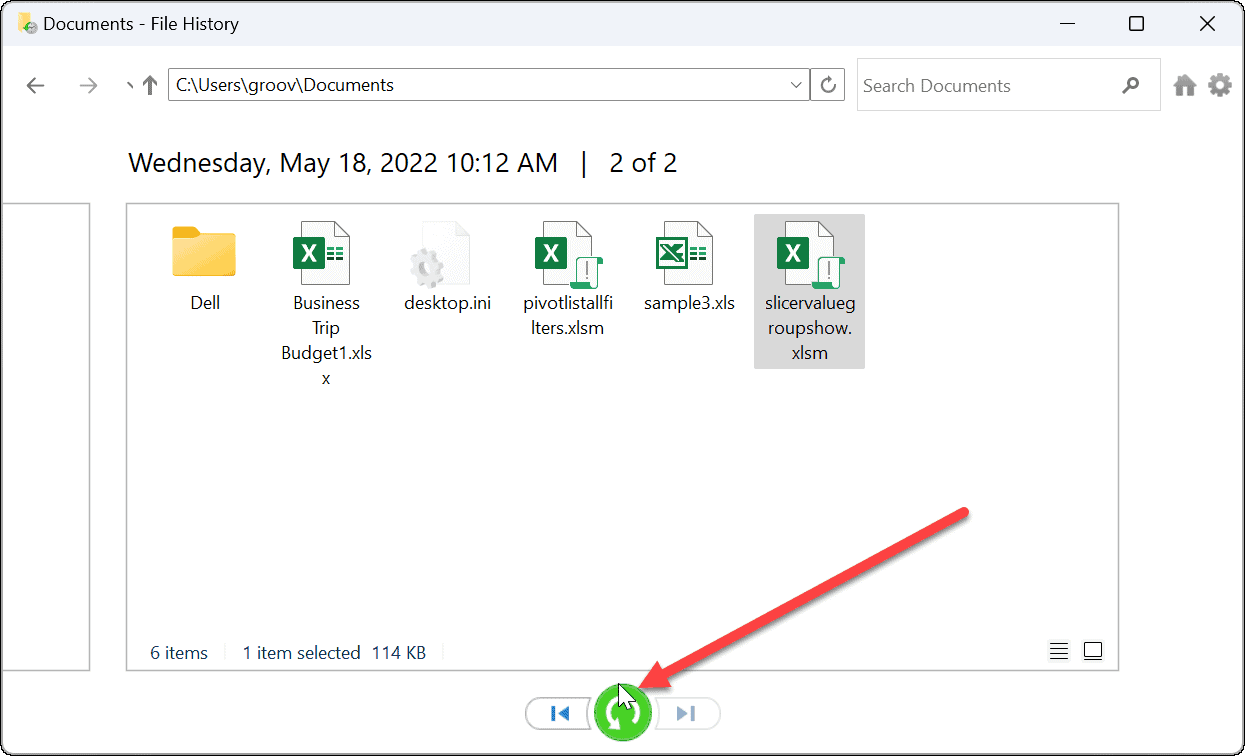












Rob Phillips-Legge
OK, so that’s how to Exclude files and folders. But how do I choose which files to INCLUDE? I know Microsoft want me to use OneDrive, but recently I lost a load (several hundred gigabytes) because OneDrive decided to delete files I hadn’t used for a couple of months. This could be a great substitute if it can be configured properly instead of being crippled.
Rebecca Lynne
Thank you. With your directions
I easily fixed the colors on my phone
I did it in a couple of
minutes. This is after spending hours of
aggravation with advice from sites that didn’t
have a clue, over a couple of days.Thank you groovypost! How wonderful it is when people know
what they are doing!